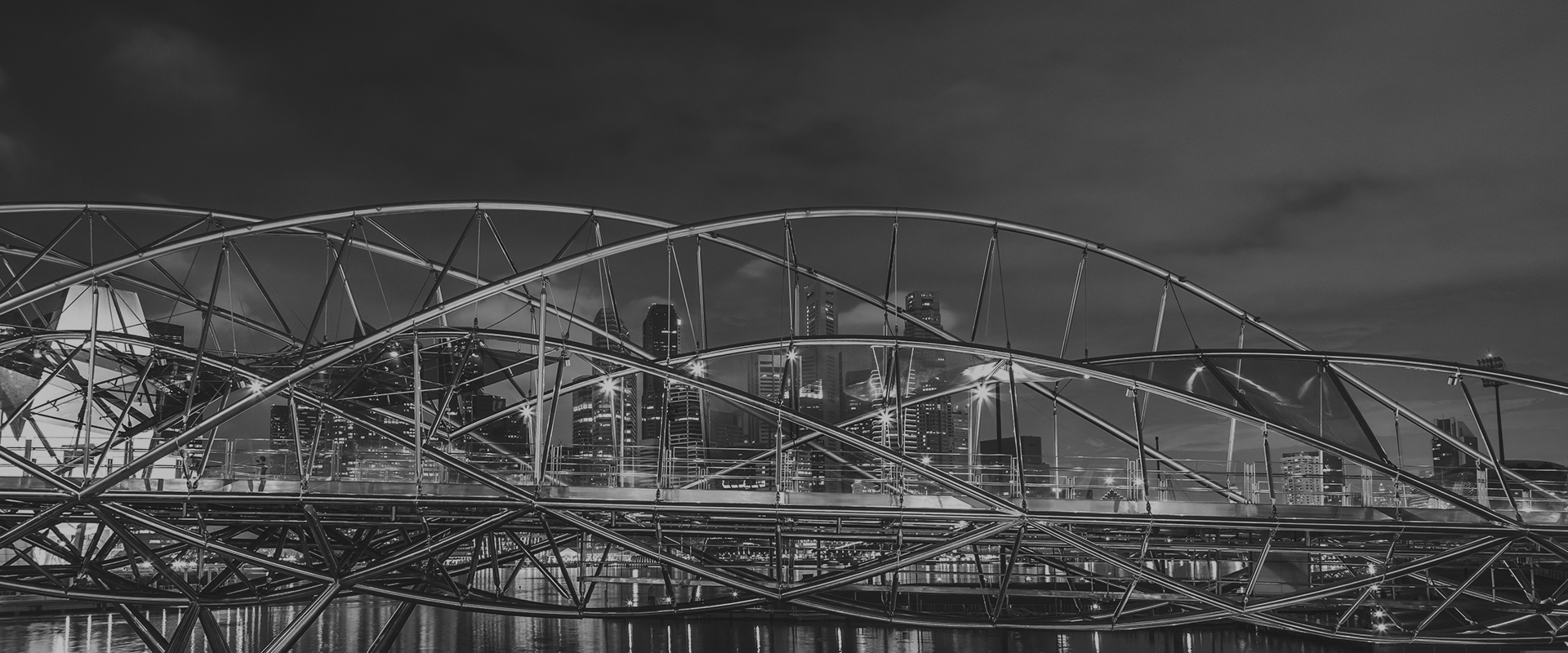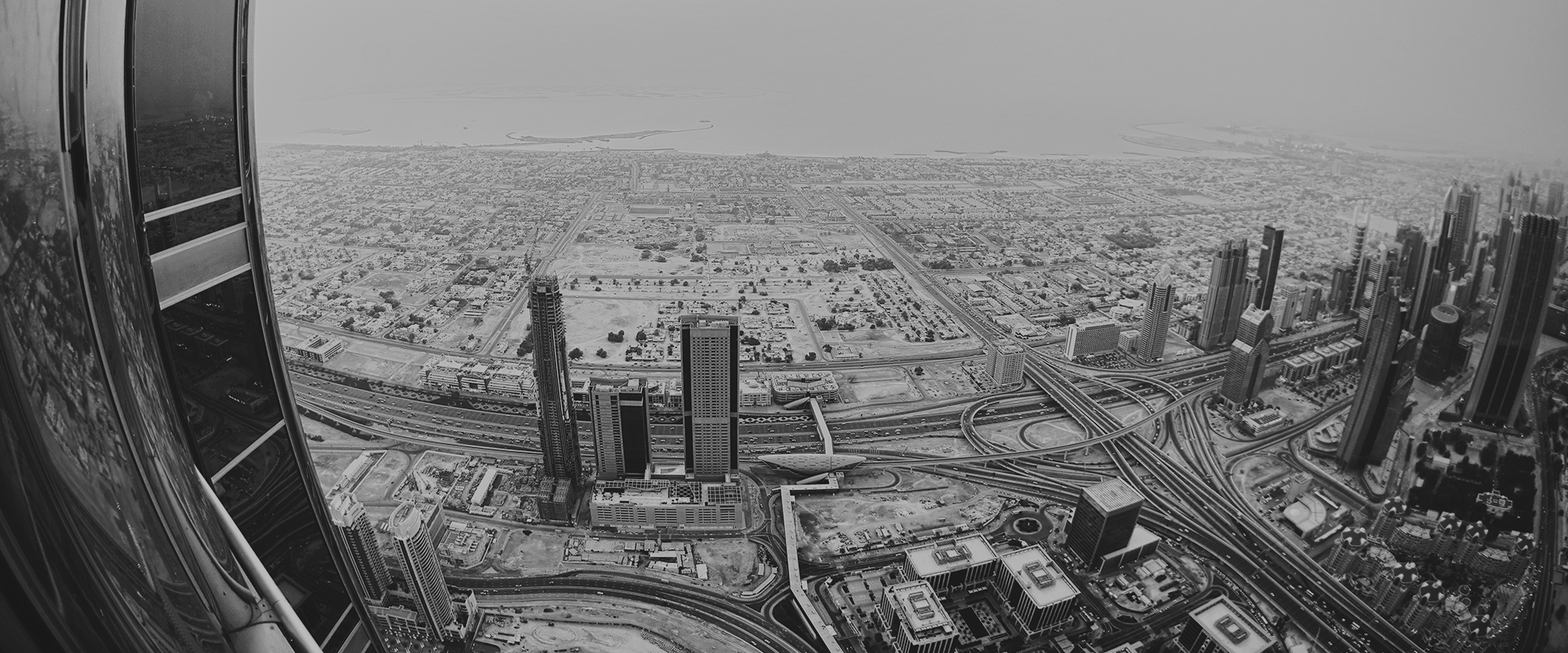Published by Finews.asia – 11th Sep 2017
Both China and India remain too tradition-bound in financial market strategy to decisively take the BRICS performance crown.
The recent BRICS summit, while advocating stronger trade and commercial ties between members when outward direct investment within the group is only 5% of the total, came against the backdrop of China “A” and India shares roughly tying through August for top MSCI Asia index results, both up around 30%.
Before the meeting, the two had a 70-day military standoff along their border before Indian troops pulled back in Doklam on Beijing’s “trespassing” charge. Host China touted its commitment to the BRICS’ New Development Bank, which aims to lend $2.5 billion for infrastructure projects this year and $4 billion in 2018, a paltry sum compared with the multi-trillion dollar Belt and Road Initiative. It reclaimed the mantle of fastest GDP growth, as India reported another quarter below 6%, and highlighted currency and banking system stability ahead of the upcoming Communist Party congress as foreign investor inflows into equity and debt suddenly spiked to mirror India’s longer string.
Indian central bank chief’s admission
Former Indian central bank head Raghuram Rajan may have indirectly reinforced Beijing’s swagger with his memoir’s admission that he opposed demonetization, which after administrative snafus only uncovered “black money” in 1% of bank accounts.
The market rivalry will likely deepen through the final quarter but cooler heads have started to prevail among fund managers and development agencies pointing to corporate debt buildups and geopolitical blowups with neighbors North Korea and Pakistan in particular.
The mid-October Chinese high-level party gathering will reappoint President Xi Jinping and replace half the central committee, and a so-called “Congress put” should sustain bullish capital markets through the period with the aid of captive state funds. The new central bank governor will be in the spotlight as candidates include well-known technocrats, Xi protégés and Marxist academics.
The tenure of anti-corruption chief Wang Qishan, and eventual composition of the seven-member politburo are also in question for international investors, who plowed in record sums of over RMB 25 billion each into bonds and stocks in August, according to official data. Fund tracker EPFR reflected the enthusiasm as both dedicated and global vehicles switched to net inflows. Hedge funds betting against the currency surrendered with the 4% gain against the dollar, with one operator reported by Bloomberg to have lost $250 million, as ING research predicted “no more capital outflows” over the Congress-sensitive months.
The IMF’s Article IV paper upgraded medium-term growth to 6.4% from 6% despite alarm that total debt, mainly state-owned corporate, would reach 300% of GDP by end-decade. It pointed out that the banking sector was already that size at triple the emerging market average, with “rising complexity and interconnectedness risks.”
Fiscal space limited
Fiscal space is also more limited than the headline deficit with local government and contingent liabilities estimated to double the gap. The Markit Composite purchasing manager index was comfortably above the neutral 50 in its latest reading, but industrial output and fixed asset investment are off their previous double-digit pace, with drought and bad weather contributing to summer weakness. Foreign direct investment was just $55 billion in the first half, the lowest since 2009, as outward bound flows were further restricted for property and sports ownership to preserve the $3 trillion foreign exchange reserve level.
Profits at the big four state banks with one-third of system assets rose marginally in the second quarter, as credit increased 12% on an annual basis. Independent analysts believe the bad loan ratio is vastly understated and could near one-quarter to one-third the total under more rigorous classification standards. In China’s case “zombie” state enterprises and “grey rhinos,” public-private companies that aggressively expanded abroad, are the chief blights along with renewed property borrower correction.
India’s family business “promoters” in turn have been faulted along with government firms for the 15% non-performing loan ratio there, as authorities try to push mergers among the 20 public banks along with faster default action as solutions to capital and earnings shortfalls. Rater Moody’s calculates a minimum equity hole of $5 billion-plus to meet Basel III prudential norms, and partial privatization through the stock exchange is a non-starter with Prime Minister Modi’s insistence on strategic industry control and labor union opposition.
Officials also recently shut off offshore rupee-denominated “Masala bonds” as a fundraising alternative to also compete with established banks, as both China and India remain too tradition-bound in financial market strategy to decisively take the BRICS performance crown.




